Using Ground Covers to Repair Nitrogen, Pollinate, and Create Beauty
Things to Consider
- Succession of plants and species – When you first plant your food forest, you’ll likely have much more sun available because the trees are thinner and there is less canopy creating shade. This gives you the opportunity to plant more sun loving, nitrogen fixing plants, which will help get your food forest off to a great start. For more articles about starting a Midwest Food Forest, click here.
- Annual vs perennial benefits – Obviously having a plant come back year-after-year is less work on our end, but at the same time, we shouldn’t overlook the benefit of annual crops to help meet specific functions. Sometimes those functions need to serve a short-term purpose, which is where annuals play a really important roll. For example, does the soil need tilling or aeration? Consider annual root crops like turnips, dandelion, or daikon radishes. Does the soil need biomass? Consider buckwheat or something in the vetch family. Does the area need fast pollination? Consider creeping thyme or a crimson clover.
- How the area will fill out over time – Some species may work really well for a few years, but as the over story canopy grows, production increases, or as new plants are introduced small adjustments are often needed to the original species. As the canopy of top story trees thickens, the succession of species around it will need to evolve with it.
- Where ground covers are located within the forest – Some ground covers can get tall and lush, but also serve as a chop and drop mulch. Comfrey (the bocking 14 variety) is great for this, because it creates substantial biomass, but will still still stay localized. It works great at the base of young fruit trees and provides needed pollination. There is some debate as to what it provides for the soil, but at the very least it is proven to increases minerals in the top soil region and provide shade for the tree roots that it’s planted by. At the same time, other ground covers need more sun, so will do better away from the base of the trees. For example, planting clover varieties in the alleys between orchard rows will help keep grass at bay, prevent the need for frequent mowing, and provide pollination sources. For more on selecting a location in your food forest or permaculture orchard, click here.
Depending on your region, there are a plethora of options to choose from when it comes to ground covers for a food forest or permaculture orchard. Before spreading seeds, it’s important to research and study your site thoroughly, because some ground covers can be harder to get rid of once established. It’s also important to pay attention to the sun and moisture requirements these species need to really help your ground cover be a show stopper. Lastly, be sure to research the ground cover you have selected so you prepare the soil correctly before seeing. Doing research beforehand will save time and money in the long run.
However, to get you started, here are a few suggestions for those of you who live in the Midwestern USA.
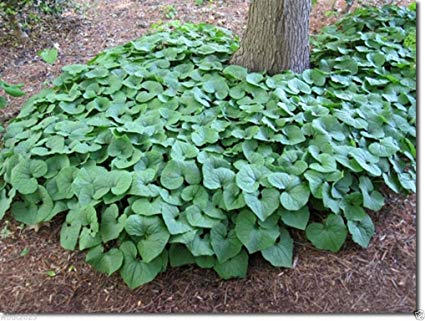
Wild Ginger 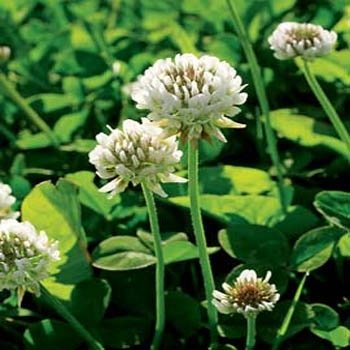
White Dutch Clover 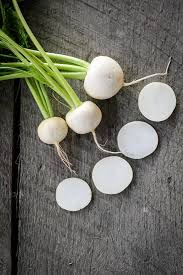
Tokinashi Turnip 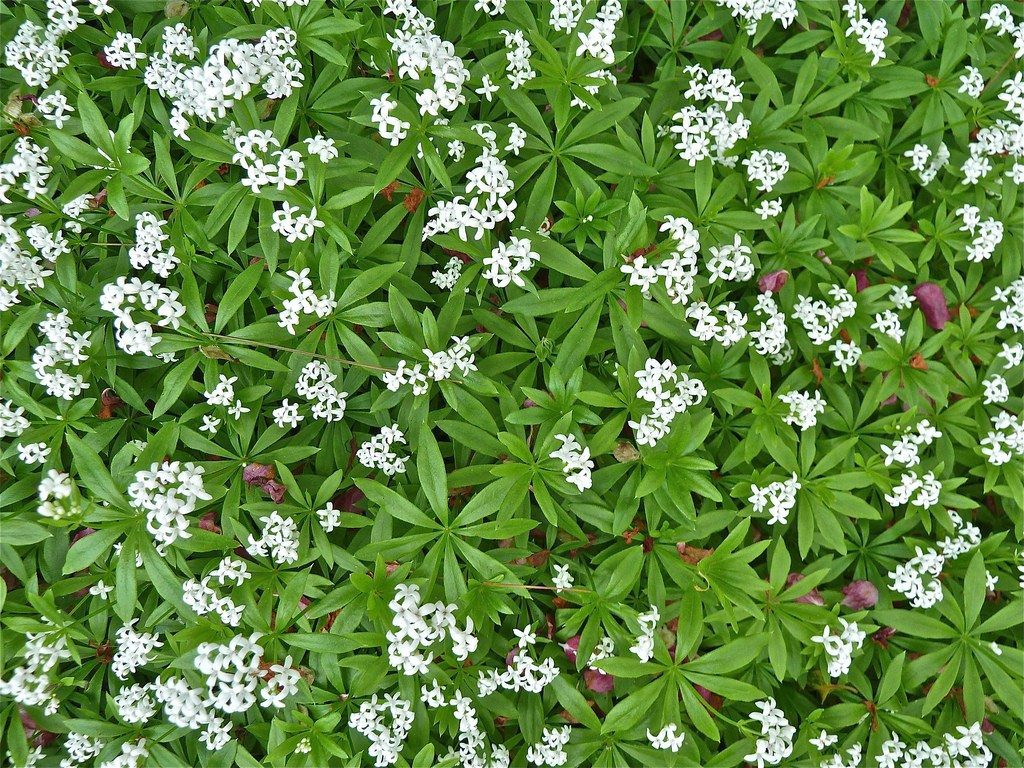
Sweet Woodruff 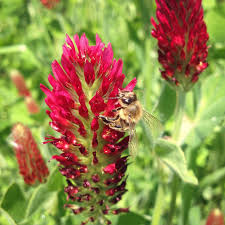
Crimson Clover 
Hairy Vetch 
Ladino Clover 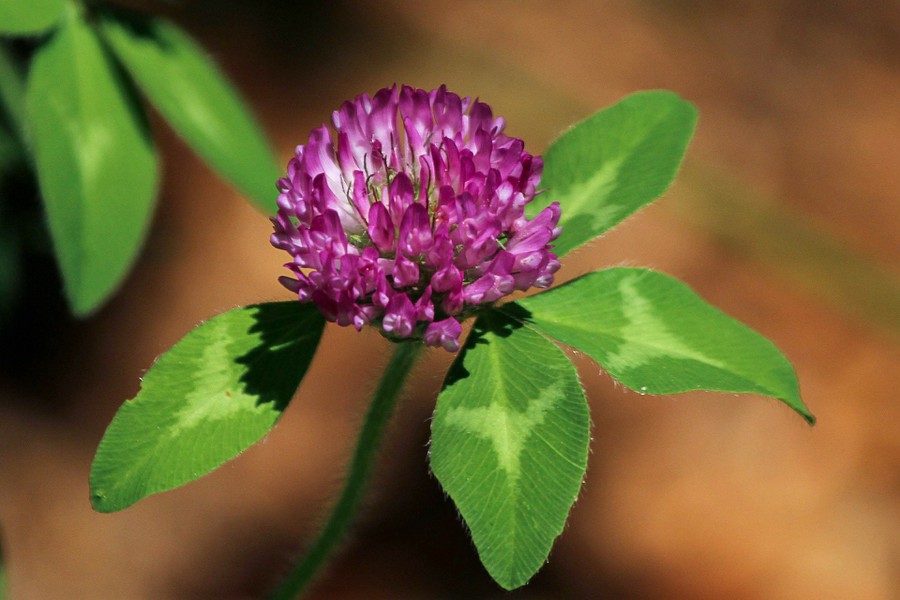
Red Clover 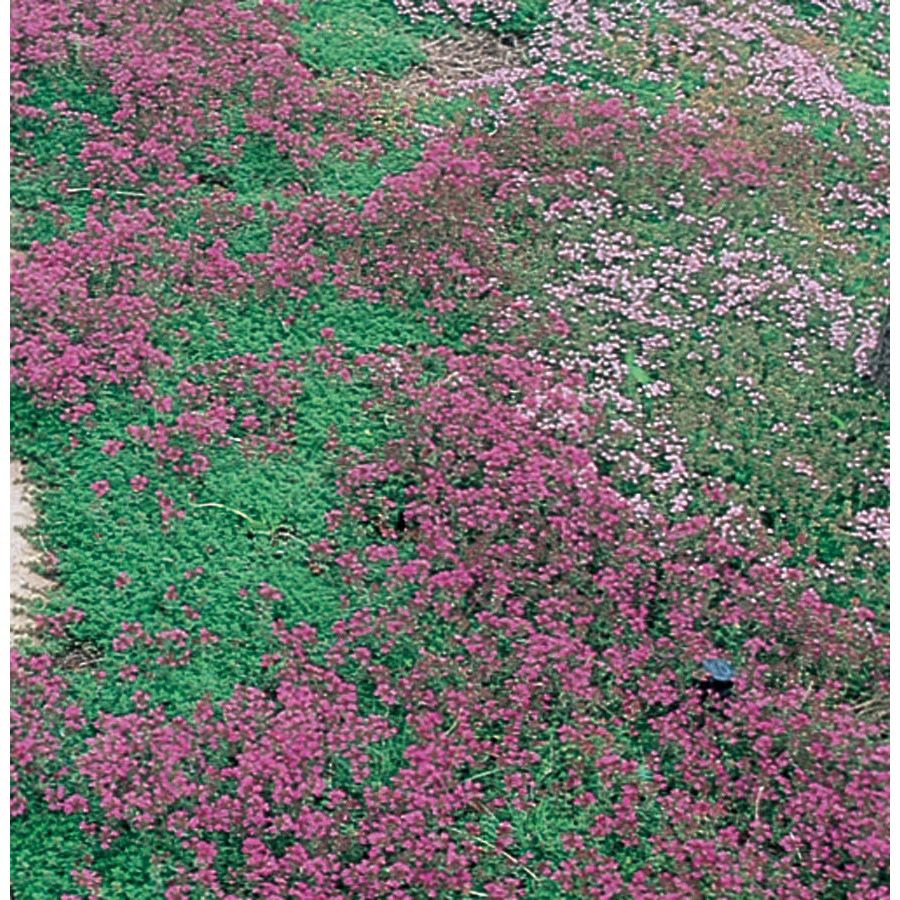
Creeping Thyme 
Cowpea 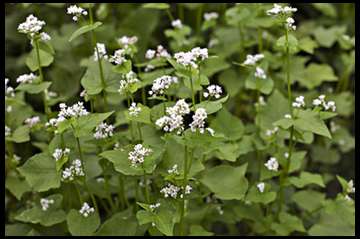
Buckwheat 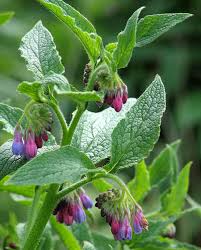
Comfrey – Bocking 14
Ground Cover Comparisons
| Species | Annual vs Perennial | Height & Description | Benefits | Drawbacks |
| Dutch White Clover | Hardy perennial | 3-6”, but can be easily mowed. | Nitrogen fixer, soil builder, dense foliage to cover soil. Great for sunny areas in food forest and for alleys between rows. Can also be used as a forage for animals and poultry. | Can spread easily to other areas if allowed to flower and go to seed. Should not be planted next to other plants it’s name height, because it can choke them out. |
| Ladino Clover | Perennial (4-5 year max) | 4-8” | Nitrogen fixer, soil builder, dense foliage to cover soil. Great for sunny areas in food forest and for alleys between rows. Can be used as a forage for animals and poultry. Does better rebounding after animal pasturing and often more economic. | Spreads easily. Attracts deer more than other clover varieties. |
| Red Clover | 1-2 year perennial | 6-8” | Highest nitrogen fixing among the clovers, great for bees and honey flavor, excellent for adapting to a wide variety of soil types. Easily tilled under. | Short lived, does not do well in shady areas. |
| Crimson Clover | Annual | 5-8” | Stunning flower display, similar nitrogen fixing to other clovers. Excellent source of nectar for bees and butterflies. Great for areas that need a temporary ground cover. | Short lived, attracts a full spectrum of insects (some good and some bad), including moths in southern regions. |
| Hairy Vetch | Tender perennial | Up to 3’ | Very high nitrogen fixing ability and an excellent pollinator. Great for larger areas that do not have bushes or understory, fields, etc. Best used in larger fields, livestock areas, and places that are not farmed multiple times per year. Great for soil stabilizing along water areas. | Hard to get rid of, because the vines can grow to 12’ long and get wrapped around smaller farm equipment. It’s best to till them under in April, before they are too invasive, and will likely need additional turning to terminate them (in a commercial or large scale setting). |
| Cow pea | Annual | 2’ tall areas, but vines can be 12’ long. | Excellent at fixing nitrogen, but also gives an edible crop for dried beans. Easy to harvest, dry, and remove at the end of season. They are a great no-till cover crop that can be “mowed over” at the end of the season. | Not a great pollinator. Can climb up nearby trees and bushes if allowed. However, this is easy managed and pruned back. |
| Buckwheet | Annual (self sowing) | 30-50” | Pollinator, usable seed for ancient grain, excellent bio mass producer. Great at choking out unwanted species. Some animals will use it for forage. | Thick, harder to harvest the seed without equipment. Will resow itself if you let it go to seed before chopping and dropping. |
| Tokinashi Turnip | Annual | 12” | Greens are edible when cooked and roots are a pleasant food source (raw or cooked). Greens are excellent for animal and poultry forage. Excellent understory crop that can tolerate dappled shade. | Needs sunlight and space to grow if you are harvesting the roots. If you are harvesting greens, they are very easy to grow, even in lightly shaded areas. |
| Comfrey (Bocking 14) | Perennial (4-5 year max) | 12-18” | Very resilliant, pollinator, medicinal usage for humans (bone and muscle healing), roots for tea and tonic. Biomass and mineral accumulation, chop and drop mulch, excellent forage for animals. | Hard to get rid of once established. Do not use anything other than bocking 14 or it will spread at a near uncontrolable rate. |
| Creeping Thyme | Perennial (4-5 year max) | 3” | Herbal use, excellent pollinator, hardy once established, and great for areas that need lower growth. Needs sun to flourish. Can be walked on and moderate tolerate foot traffic. | Needs sunlight to do well and get established. It can be harder to get established in mass plantings, but once it has take root, it never needs to be mowed and covers the ground well. |
| Sweet Woodruff | Perennial | 3-5” | Flowers can be used as a tea or added to white wine, pollinator, shade loving. | Spreads once established. |
| Wild Ginger | Perennial | 4-5” | Shade loving, wild edible, small flowers under leaves. | Does well for smaller areas, but not ideal for large scale. |
